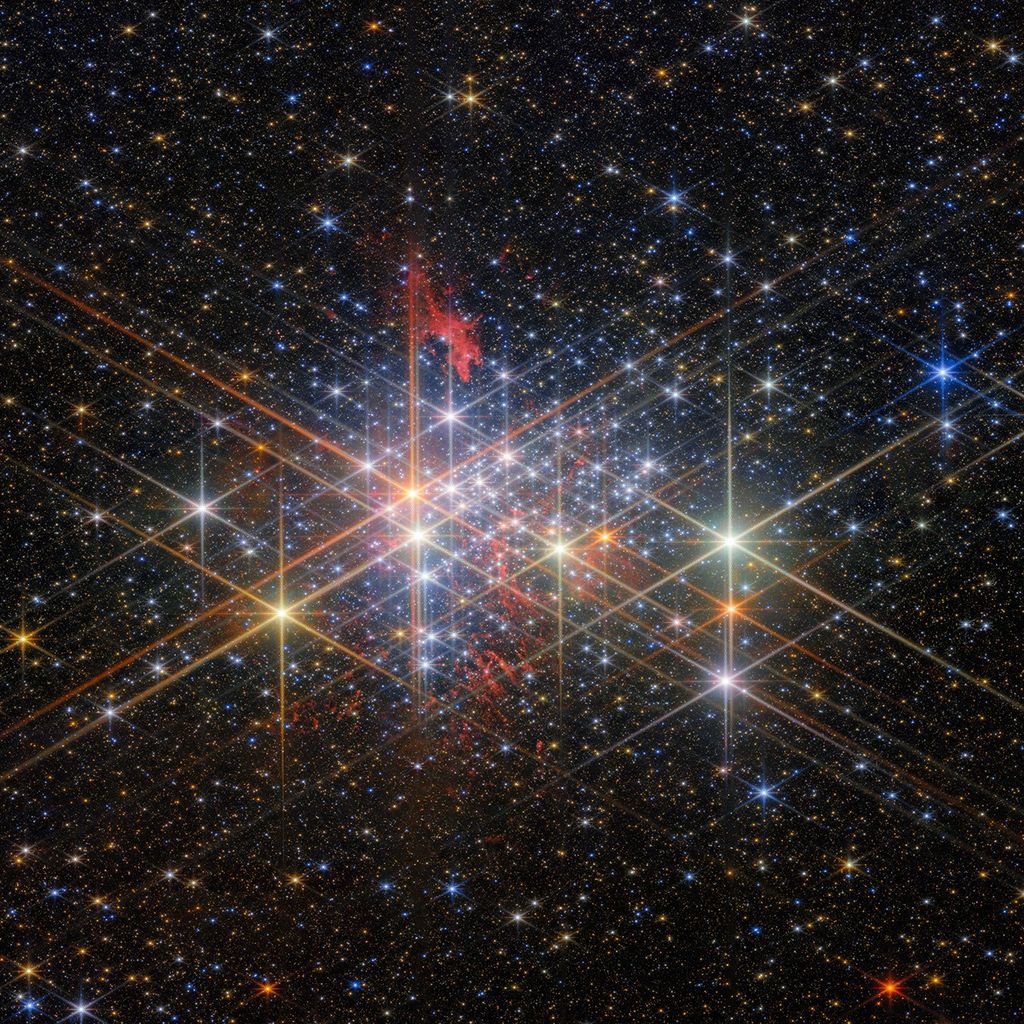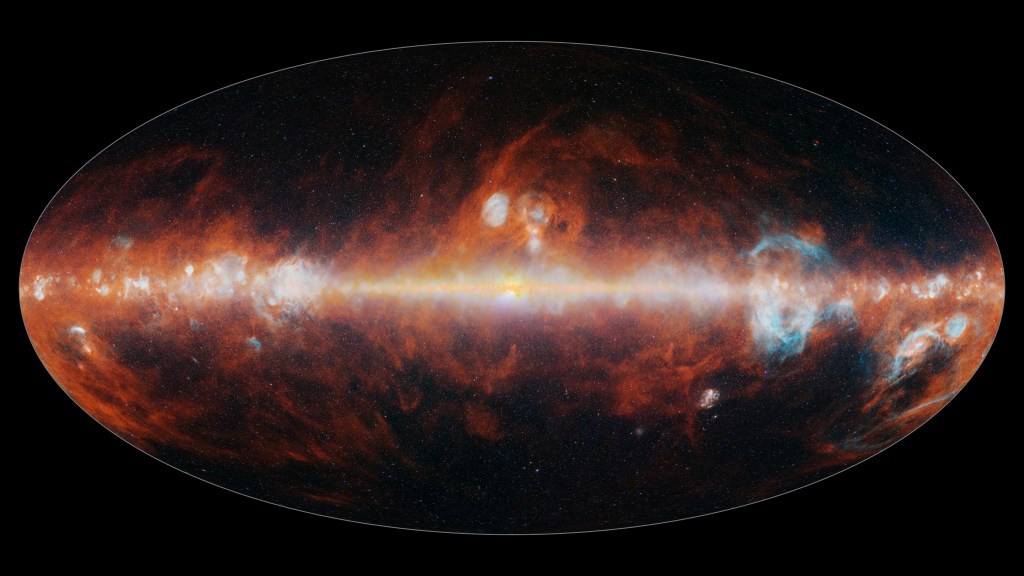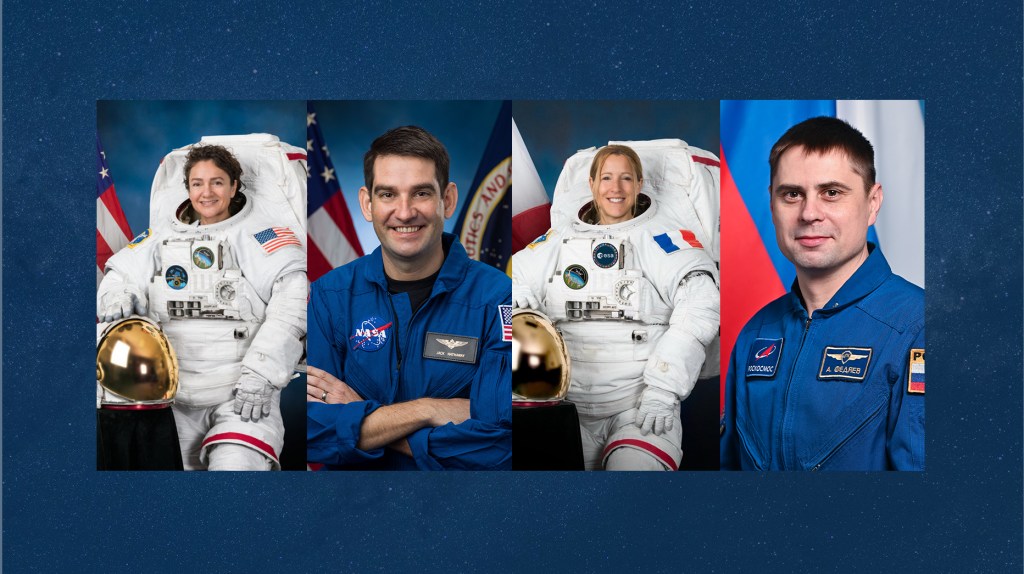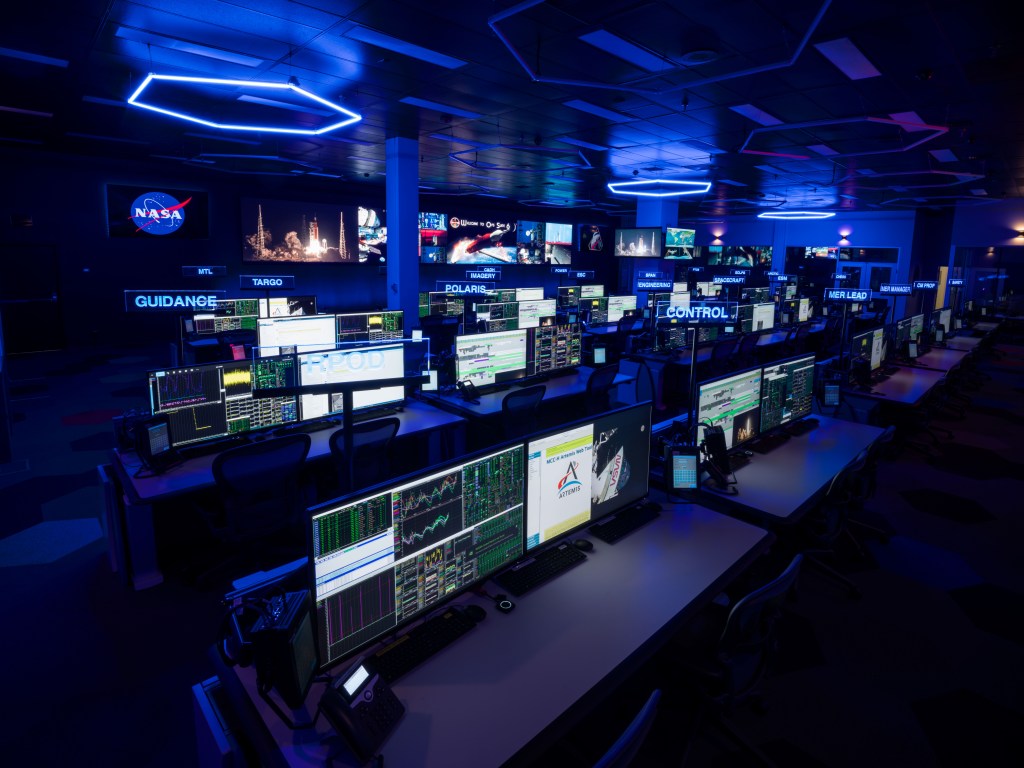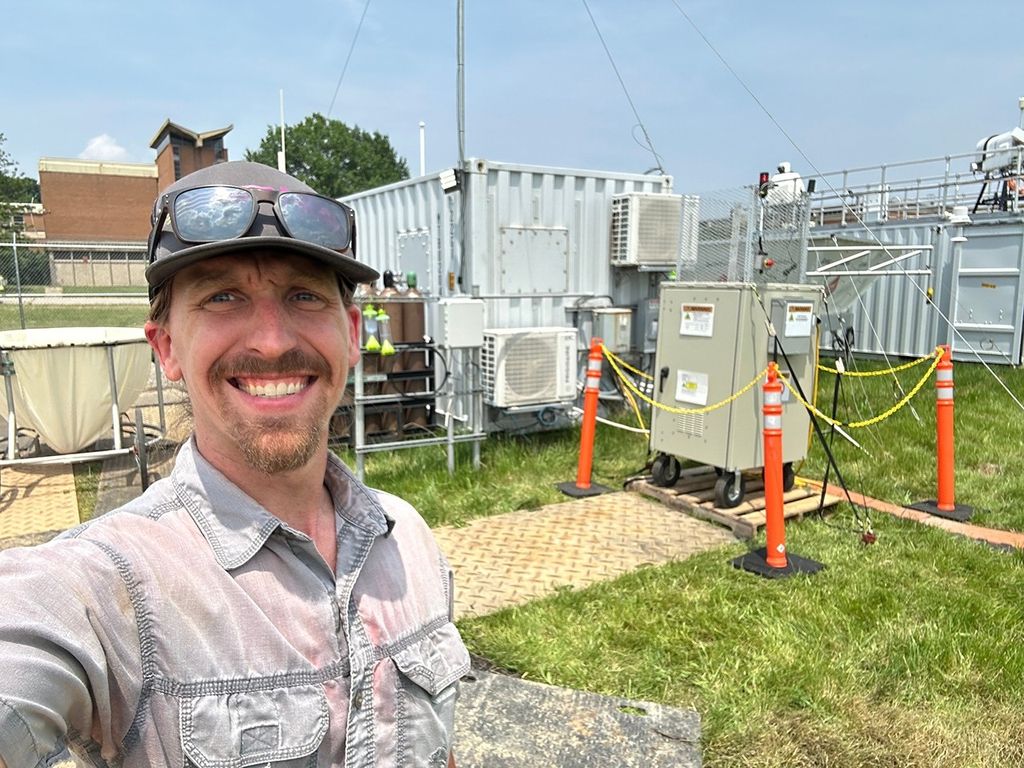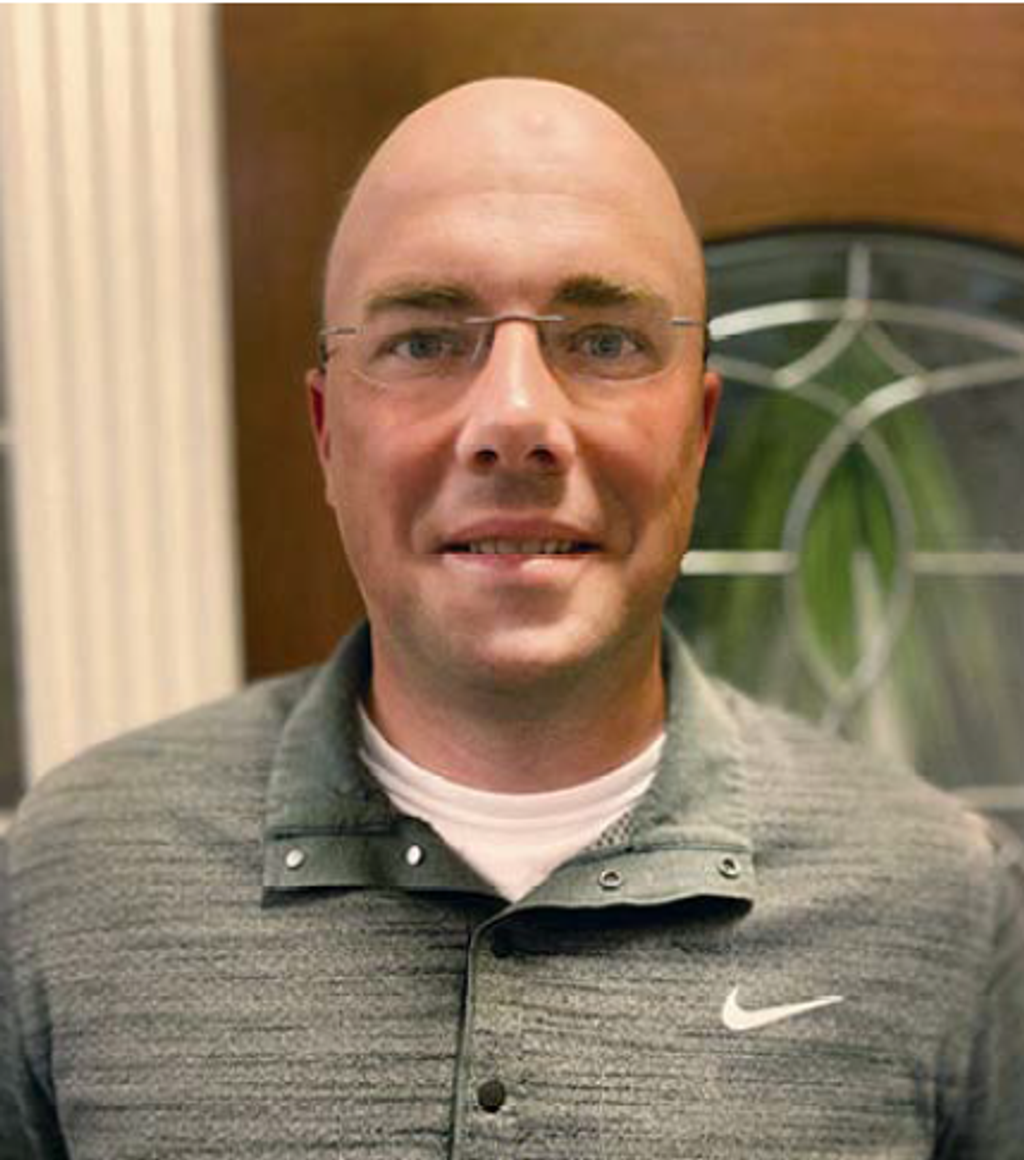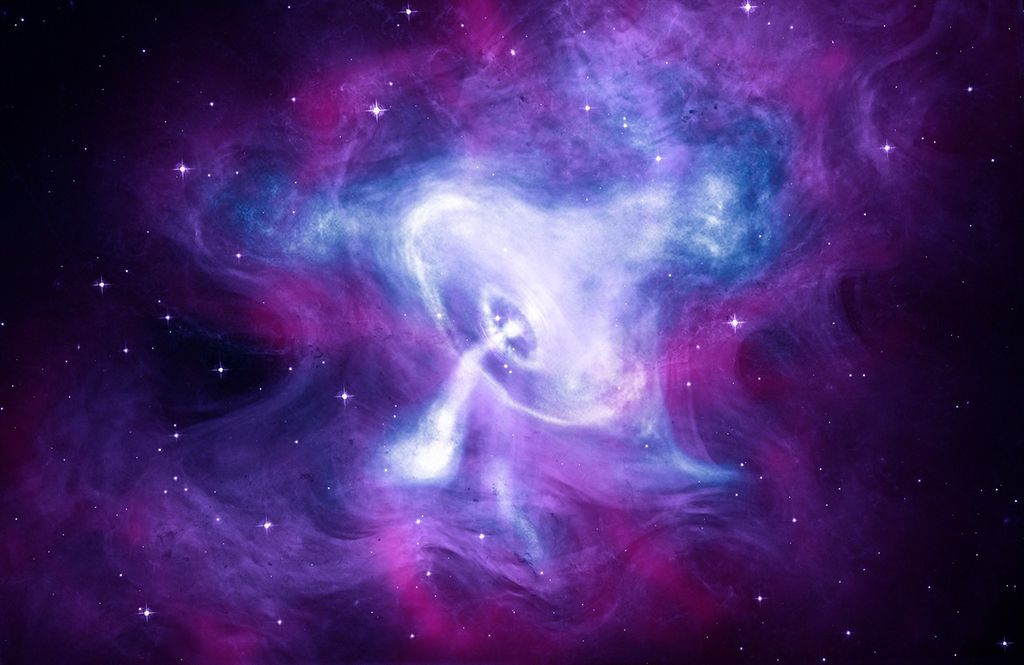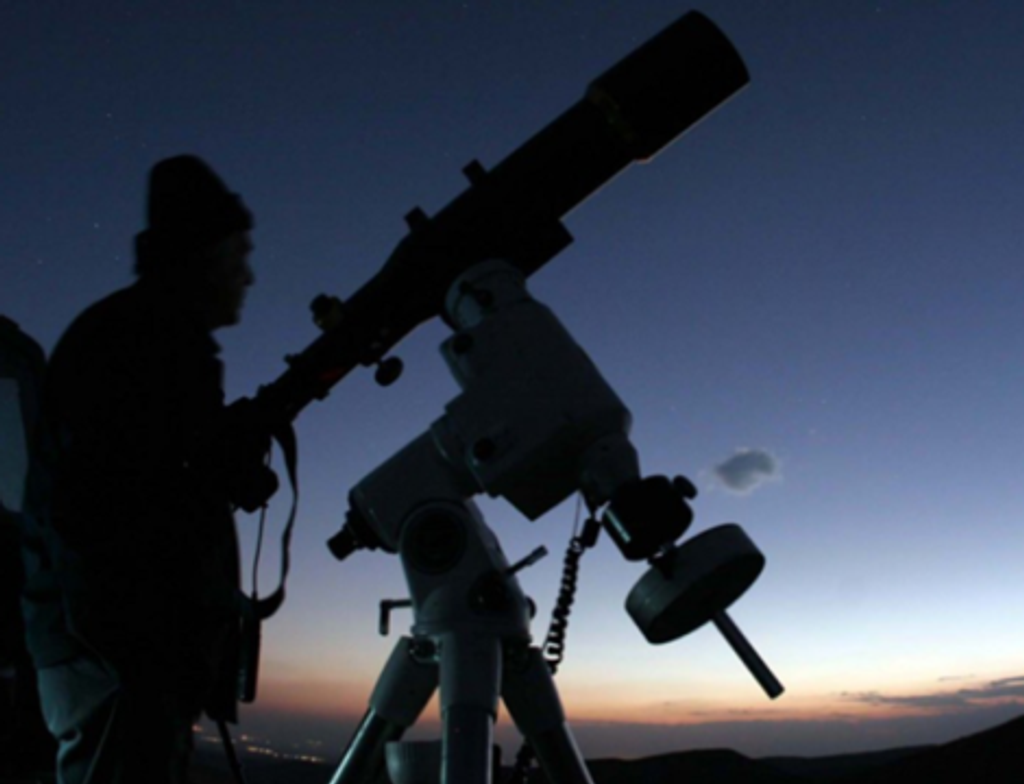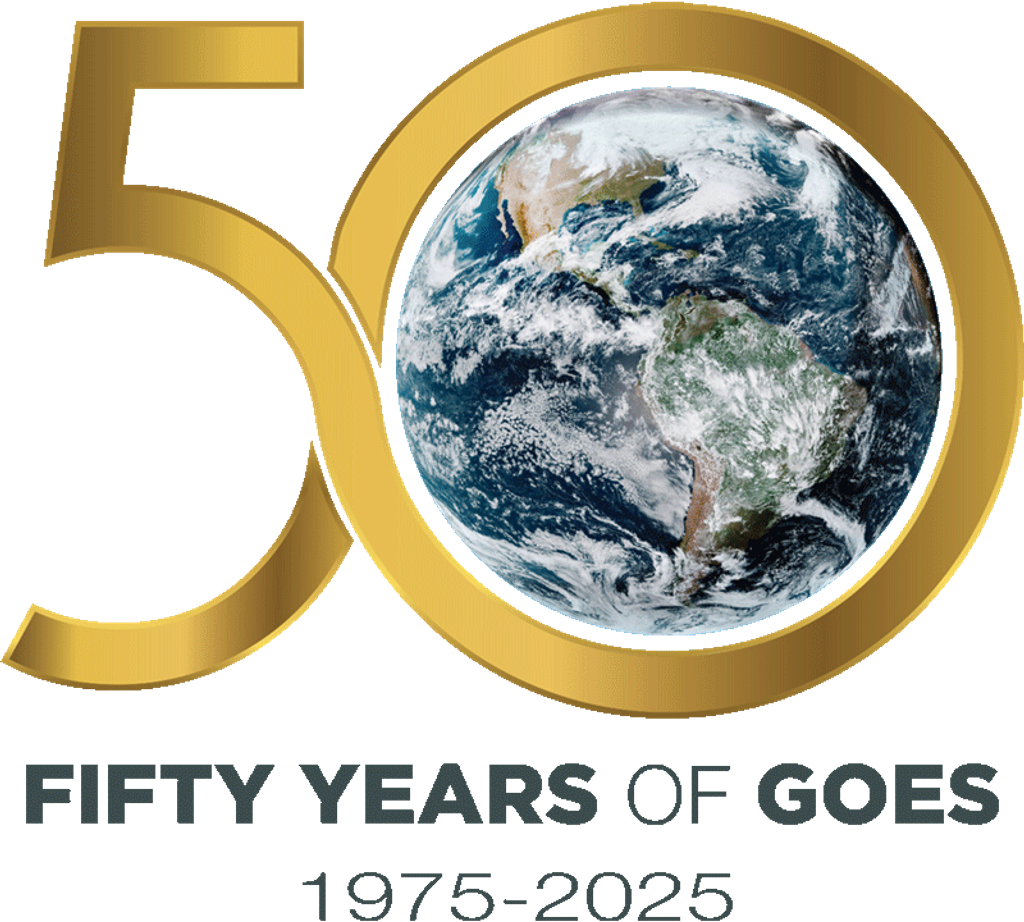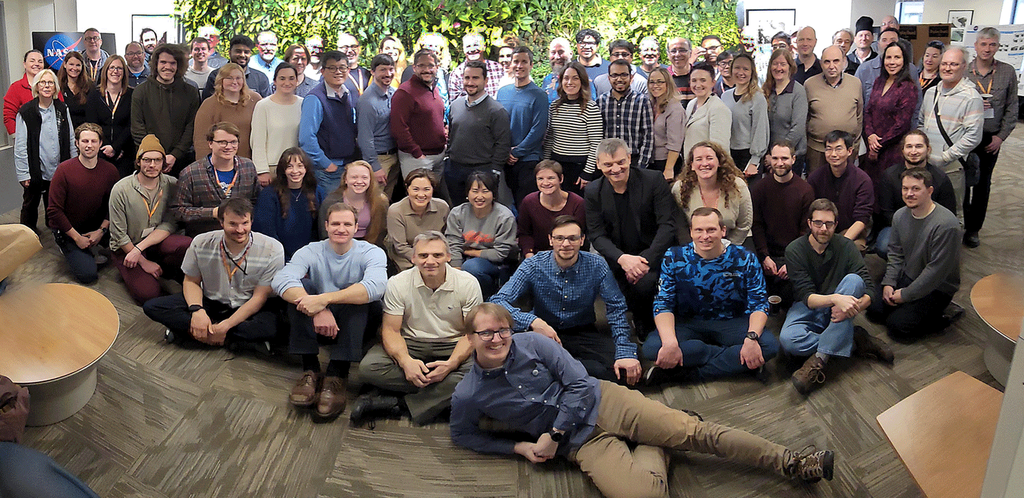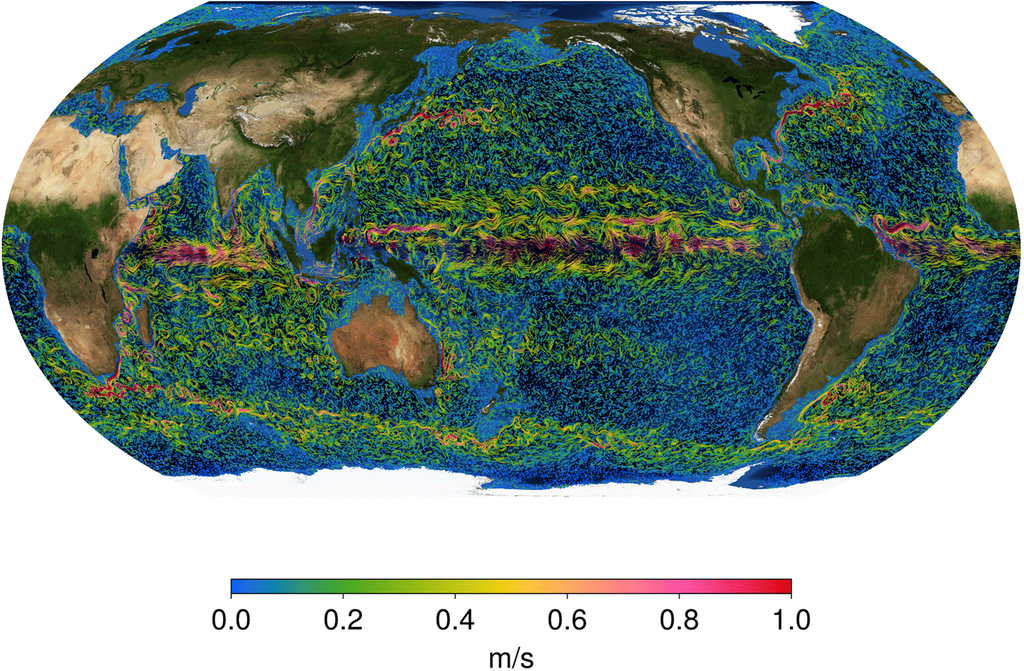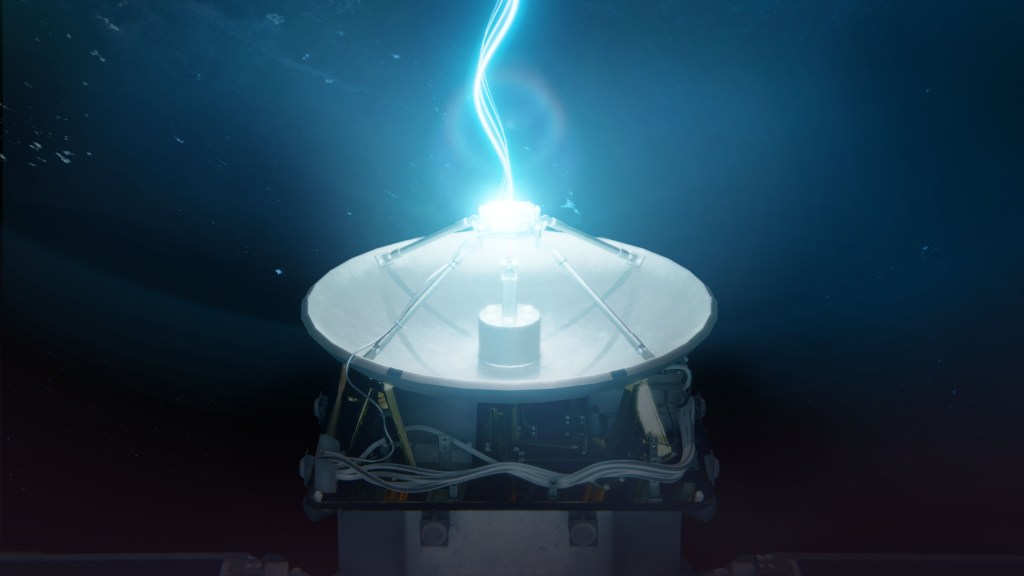NASA Celebrates Air and Space at EAA Airventure 2004
July 23, 2004
Release: 04-37
NASA will present its accomplishments in aeronautics and space to the public next week at the EAA AirVenture 2004 in Oshkosh, Wis. The Experimental Aircraft Association (EAA) annual event attracts over 800,000 aviation enthusiasts from around the world. It will run from July 27 to August 2. NASA will present a large exhibit and many agency employees will be on hand to answer visitors’ questions. NASA Administrator Sean O’Keefe plans to visit EAA AirVenture on Wednesday, July 28, at 12:30 p.m. EDT, to discuss the nation’s Vision for Space Exploration announced by the President in January.
NASA’s Langley Research Center, Hampton, Va., will bring its experiment-ready white Cirrus SR22X general-aviation aircraft to EAA AirVenture 2004 to illustrate progress in the Small Aircraft Transportation System (SATS) program. Dr. J. Victor Lebacqz, NASA Associate Administrator for Aeronautics, will hold a press conference about the SATS program on Wednesday, July 28, at 11:30 a.m. EDT at EAA AirVenture.
SATS is a NASA technology research partnership with the Department of Transportation’s Federal Aviation Administration (FAA) and state and local aviation and airport authorities. The project’s initial focus is to prove that on-board computing, advanced flight controls, Highway in the Sky displays, and automated air traffic separation and sequencing technologies will make on-demand flights safe and accessible for a large percentage of the population in the future.
On Friday, July 30, from 9 a.m. to 12:30 p.m. EDT, the NASA/FAA Revolutionary Vehicles Student Competition presentations will take place at EAA AirVenture. High school and college students will participate in a brief awards ceremony to be followed by student winners’ presentations about their ideas for personal air vehicles and unmanned air vehicles.
Fresh from their record-setting Mach 7 X-43A scramjet flight success this March, engineers from NASA’s Dryden Flight Research Center, Edwards, Calif., and Langley Research Center will hold a special evening event on Wednesday, July 28, to recount the remarkable chain of events that led to the first flight of an air-breathing supersonic combustion ramjet aircraft.
The visitor-operated Wright Flyer simulator will be back for an encore at the NASA EAA AirVenture exhibit.
Annual NASA exhibit favorites like the NASA craftsman displays will show aeronautical technology in action. NASA education specialists will be working in the KidVenture area and the main NASA exhibit so educators may learn more about NASA educational materials and partnerships like the Explorer Schools program.
Visitors to EAA AirVenture 2004 may try their hand at flying approaches using the experimental Synthetic Vision Systems – General Aviation (SVS-GA) portable simulator from Langley. NASA’s Ames Research Center, Moffett Field, Calif., will bring to Oshkosh its commitment to revolutionizing air traffic management in the form of an interactive digital display called “Edgarville Airport – Take Off to the Future of Air Travel.”
Visitors to the NASA exhibit this year may learn about shaped sonic booms that point the way to quieter passage of supersonic aircraft overhead. NASA and industry partners tested a specially modified F-5 supersonic jet fighter recently to see how its enlarged forward fuselage could make sonic booms quieter. Another supersonic promise that will be on display at Oshkosh this year is a scale model of a new parametric jet engine inlet. This inlet, designed and tested at NASA’s Glenn Research Center, Cleveland, could make supersonic engines lighter and more efficient, and eliminate the problem of engine unstart, a condition where supersonic shockwaves entering a jet inlet drastically reduce the amount of air reaching the engine, causing a loss of thrust.
Visitors to the NASA exhibit will hear about efforts to identify the technologies that could enable uninhabited aerial vehicles (UAVs) to enter the national airspace system safely. UAVs have many potential uses including national security, by assisting with patrol of lonely stretches of America’s international borders. Some of NASA’s UAV ambitions are out of this world: a discussion of Flight on Other Worlds in the exhibit area will be about the day when remotely piloted aircraft obtain scientific data while flying over the surface of Mars. Other concepts include balloons and blimps buoyed by the harsh atmospheres of other planets. It’s all part of the nation’s Vision for Space Exploration.
NASA’s exhibits at EAA AirVenture 2004 will be staffed by men and women from around the country who work in the various NASA centers. Scientists, engineers, test pilots, writers, educators, aerial photographers and astronauts will help make up the NASA complement at Oshkosh – individuals who are happy to talk with visitors about what they do at NASA.
More information about NASA is available on the Internet at: https://www.nasa.gov/
For more on NASA aeronautics research, log on to: https://www.nasa.gov/missions/research/index.html
For more on EAA AirVenture 2004, log on to: http://www.airventure.org/
-NASA-


